New method could help model brain diseases and aid in drug testing.
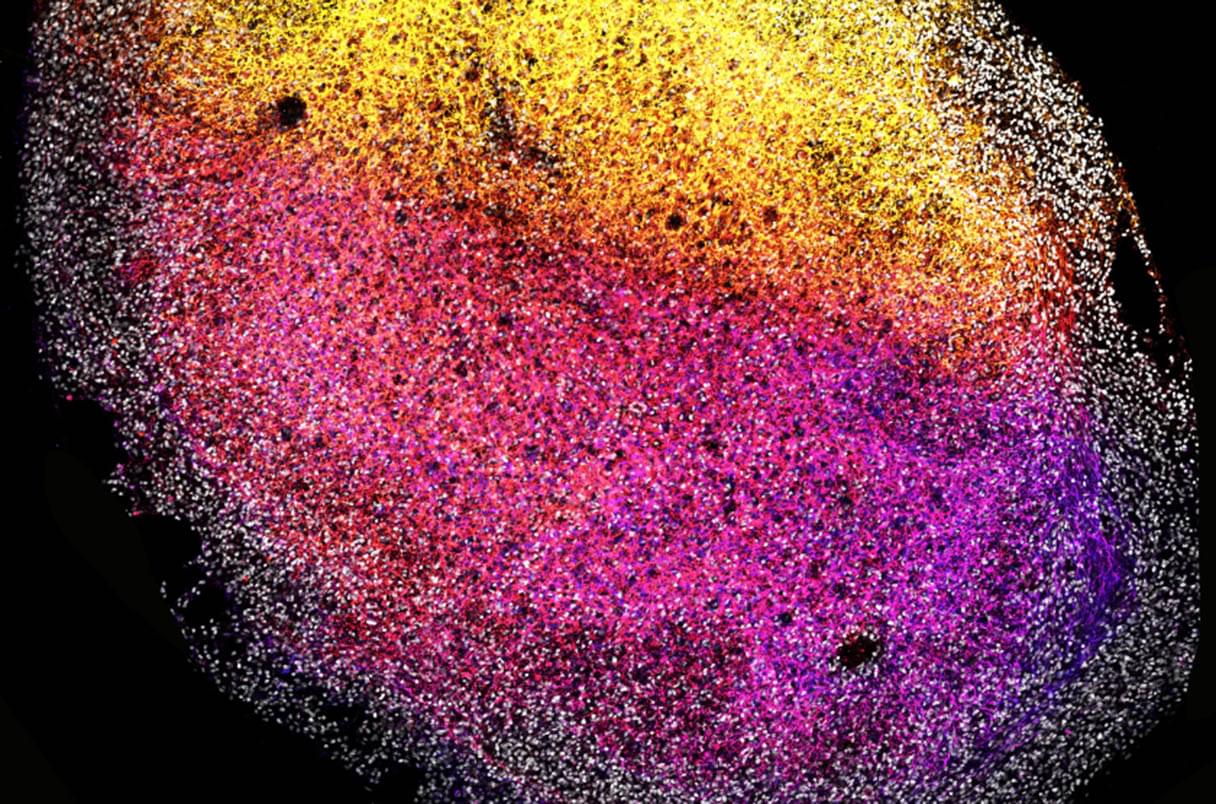

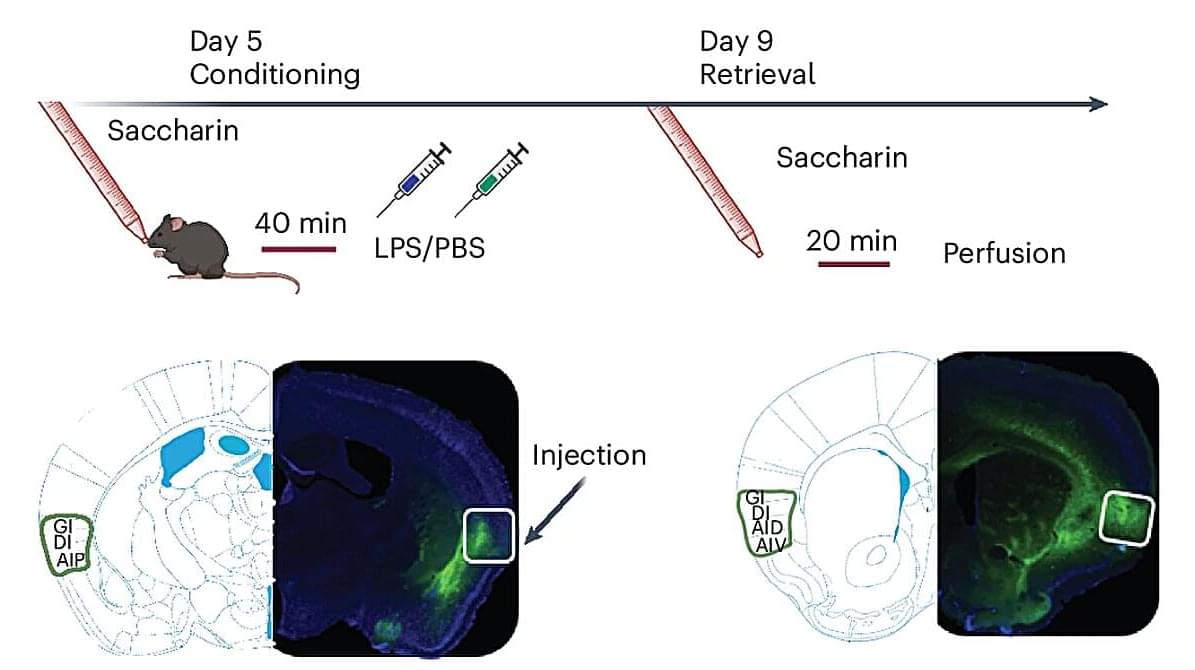
The brain of humans and other animals is known to contribute to the protection of the body from infections. Past studies have unveiled the existence of the so-called conditioned immune response (CIR), which is a form of Pavlovian conditioning that entails the formation of mental associations between specific sensory stimuli (e.g., a specific odor, taste, etc.) and immunomodulatory agents (i.e., a substance that influences the immune system).
For instance, if an animal tastes a particular food shortly before becoming ill several times, re-experiencing the same taste can evoke an aversive response and even trigger an anticipatory immune response. While this CIR is now well-documented, its neural underpinnings so far remain poorly understood.
Researchers at University of Haifa recently carried out a study aimed at better understanding the neural pathways involved in these widely reported conditioned immune responses (CIRs). Their paper, published in Nature Neuroscience, outlines a neural pathway that appears to mediate the retrieval of CIRs in male mice.
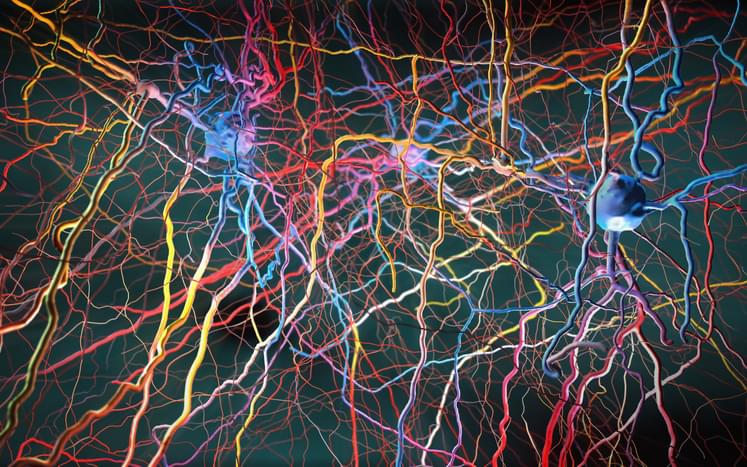
Added Hofer, “Our results challenge traditional views about learning and memory. While the cerebral cortex has long been considered the brain’s primary centre for learning, memory and behavioral flexibility, we found the subcortical vLGN and not the visual cortex actually stores these crucial memories. This neural pathway can provide a link between cognitive neocortical processes and ‘hard-wired’ brainstem-mediated behaviors, enabling animals to adapt instinctive behaviors.”
The implications of the discoveries extend beyond the laboratory, the team suggests. Dysfunction of pathways through vLGN or impairments in eCB-dependent plasticity could contribute to fear and anxiety disorders and PTSD, the team suggested. “… targeting these pathways, for example, by using deep brain stimulation, or enhancing eCB-dependent plasticity within these circuits may facilitate suppression of maladaptive fear responses, suggesting new therapeutic strategies for fear-related disorders.”
Hofer stated, “Our findings could also help advance our understanding of what is going wrong in the brain when fear response regulation is impaired in conditions such as phobias, anxiety and PTSD. While instinctive fear reactions to predators may be less relevant for modern humans, the brain pathway we discovered exists in humans too. This could open new avenues for treating fear disorders by targeting vLGN circuits or localized endocannabinoid systems.”

DEA is used in industrial, agricultural, and consumer products.
“We knew that micropollutants can be incorporated into fatty molecules in the body, but we didn’t know how this occurs or what happens next,” Clardy said. “DEA’s metabolism into an immune signal was completely unexpected.”
The team proposes that DEA could be added to the growing list of biomarkers used to detect some cases of major depressive disorder.
Device conforms to body’s tissues, allowing brain monitoring through development.

Summary: New research reveals that brain cells use a muscle-like signaling mechanism to relay information over long distances. Scientists discovered that dendrites, the branch-like extensions of neurons, contain a structured network of contact sites that amplify calcium signals—similar to how muscles contract. These contact sites regulate calcium release, activating key proteins involved in learning and memory.
This mechanism explains how neurons process information received at specific points and relay it to the cell body. Understanding this process sheds light on synaptic plasticity, which underlies learning and memory formation. The findings could provide new insights into neurodegenerative diseases like Alzheimer’s.
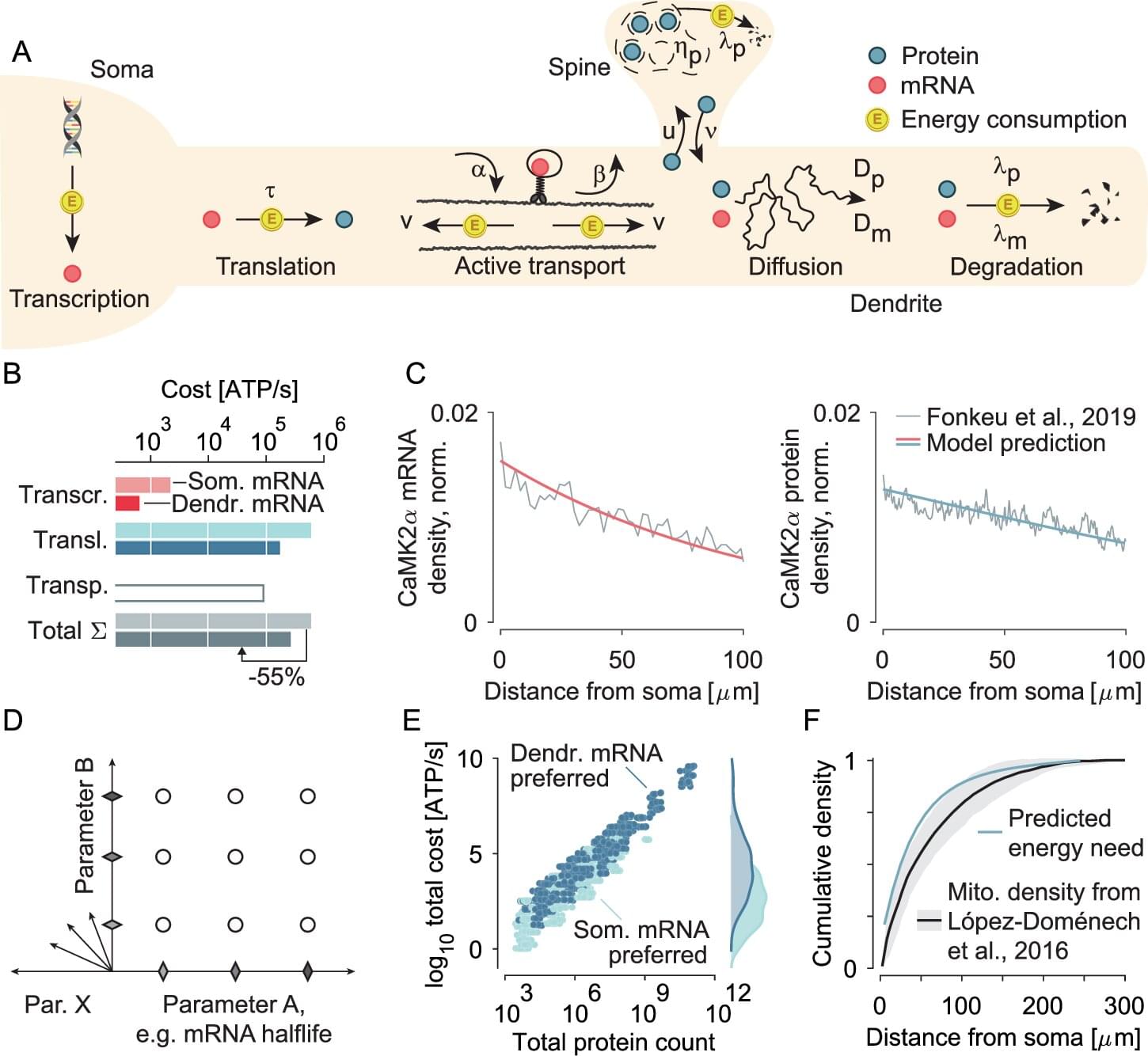
Nerve cells have amazing strategies to save energy and still perform the most important of their tasks. Researchers from the University Hospital Bonn (UKB) and the University of Bonn as well as the University Medical Center Göttingen found that the neuronal energy conservation program determines the location and number of messenger RNA (mRNA) and proteins and differs depending on the length, longevity and other properties of the respective molecule. The work has now been published in Nature Communications.
We have all experienced the need to save energy in recent years. To do this, we all had to come up with strategies to save energy while still meeting our most important needs.
Our nerve cells are facing a similar dilemma: They have to supply their synapses, i.e., their contact points with other neurons, but also organize their protein synthesis in such a way that they don’t produce too much or too little proteins.
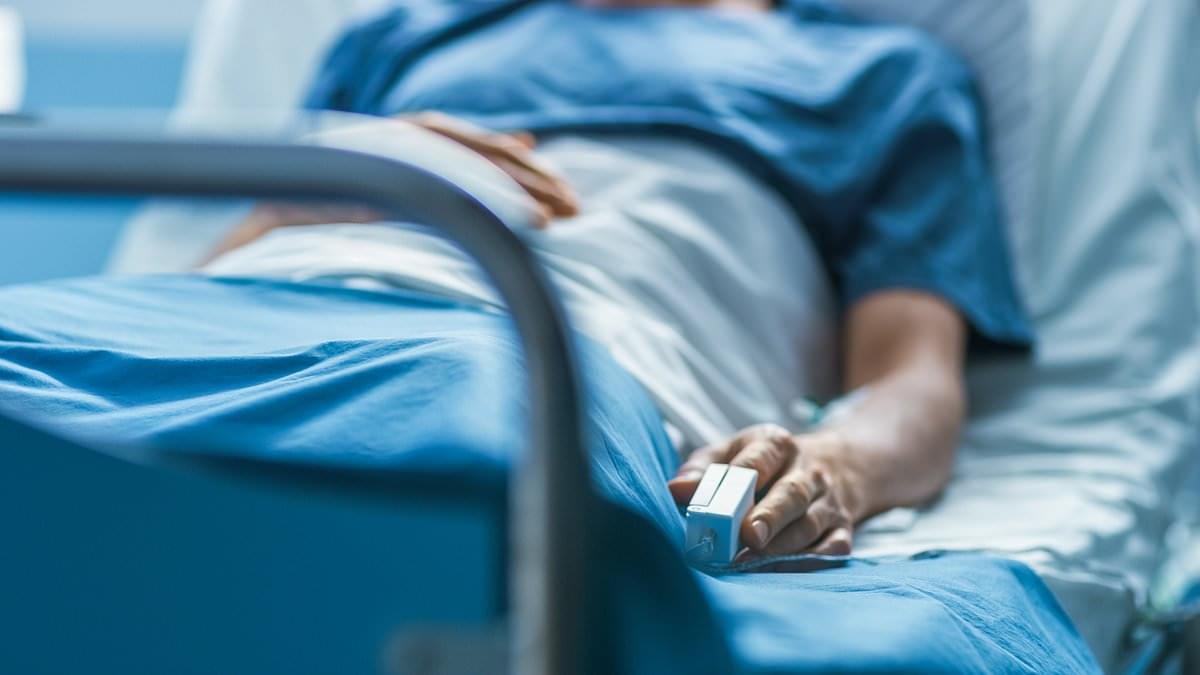
Many describe this as the experience of seeing their life ‘flash before their eyes.’
The recording was made when an 87-year-old patient underwent cardiac arrest while being treated for epilepsy.
Doctors had strapped a device on his head to monitor brain activity, but the man died during the process.
Two hundred million years ago, our mammal ancestors developed a new brain feature: the neocortex. This stamp-sized piece of tissue (wrapped around a brain the size of a walnut) is the key to what humanity has become. Now, futurist Ray Kurzweil suggests, we should get ready for the next big leap in brain power, as we tap into the computing power in the cloud.
TEDTalks is a daily video podcast of the best talks and performances from the TED Conference, where the world’s leading thinkers and doers give the talk of their lives in 18 minutes (or less). Look for talks on Technology, Entertainment and Design — plus science, business, global issues, the arts and much more.
Find closed captions and translated subtitles in many languages at http://www.ted.com/translate.
Follow TED news on Twitter: / tednews.
Like TED on Facebook: / ted.

Xenon gas inhalation reduced neurodegeneration and boosted protection in preclinical models of Alzheimer’s disease. Most treatments being pursued today to protect against Alzheimer’s disease focus on amyloid plaques and tau tangles that accumulate in the brain, but new research from Mass General Brigham and Washington University School of Medicine in St. Louis points to a novel — and noble — approach: using Xenon gas. The study found that Xenon gas inhalation suppressed neuroinflammation, reduced brain atrophy, and increased protective neuronal states in mouse models of Alzheimer’s disease. Results are published in Science Translational Medicine, and a phase 1 clinical trial of the treatment in healthy volunteers will begin in early 2025.
“It is a very novel discovery showing that simply inhaling an inert gas can have such a profound neuroprotective effect,” said senior and co-corresponding author Oleg Butovsky, PhD, of the Ann Romney Center for Neurologic Diseases at Brigham and Women’s Hospital (BWH), a founding member of the Mass General Brigham healthcare system. “One of the main limitations in the field of Alzheimer’s disease research and treatment is that it is extremely difficult to design medications that can pass the blood-brain barrier — but Xenon gas does. We look forward to seeing this novel approach tested in humans.”
“It is exciting that in both animal models that model different aspects of Alzheimer’s disease, amyloid pathology in one model and tau pathology in another model, that Xenon had protective effects in both situations,” said senior and co-corresponding author David M. Holtzman, MD, from Washington University School of Medicine in St. Louis.